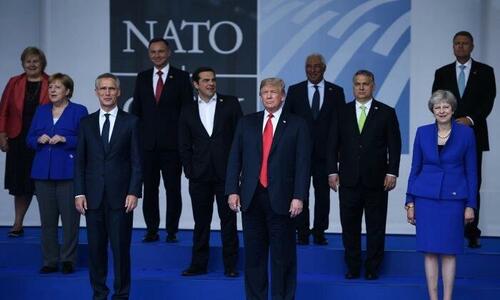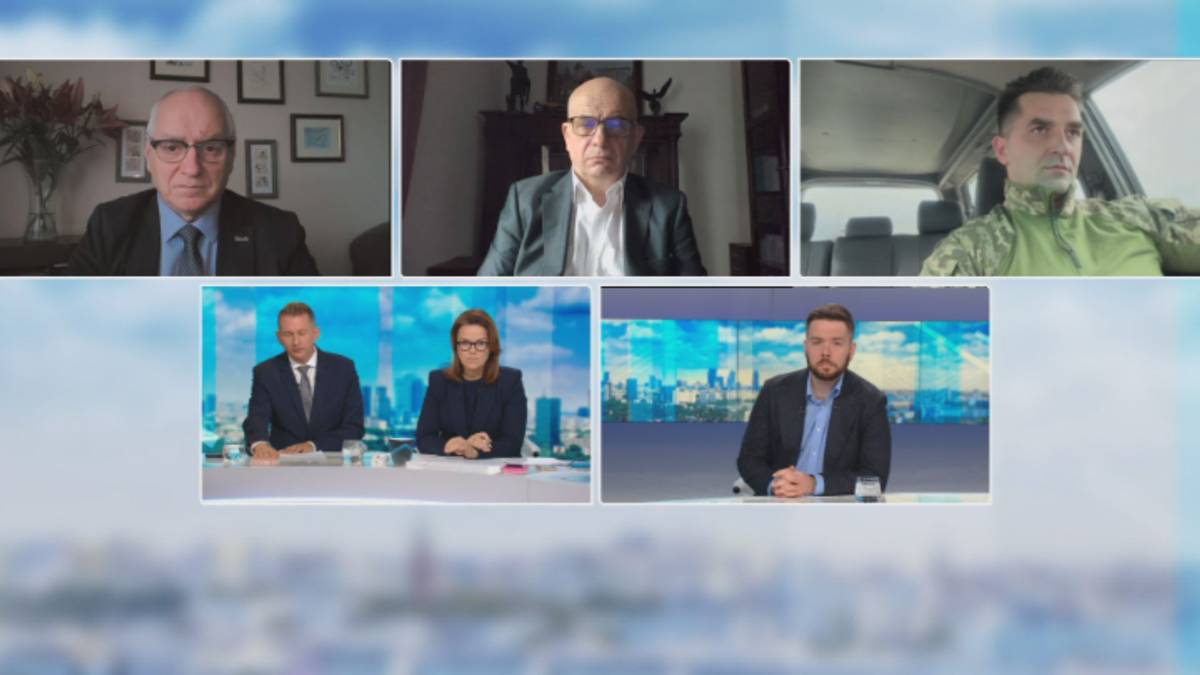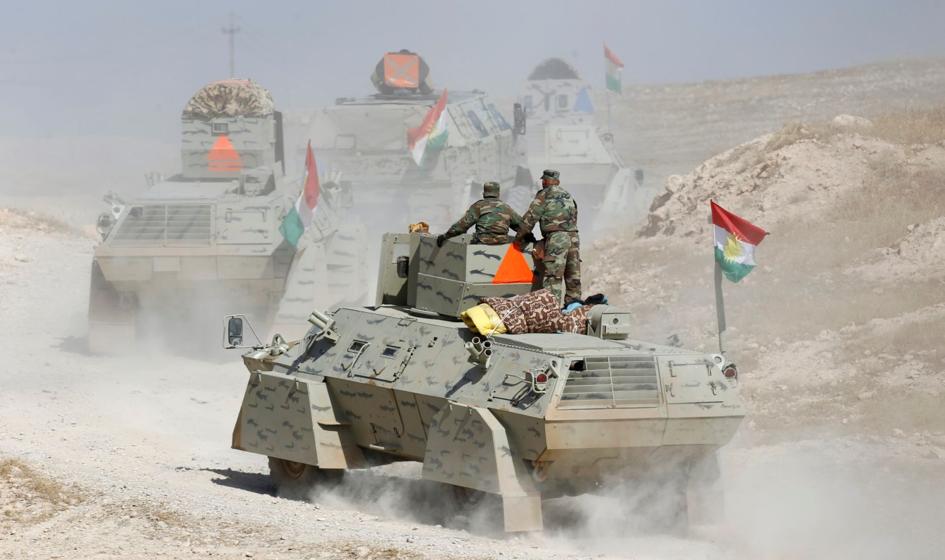
Трамп может ввести пошлины для стран НАТО, которые не платят
Автор: Андерс Корр, The Epoch Times
13 декабря Россия запустила почти 300 беспилотников и ракет в скоординированной атаке на энергетическую инфраструктуру Украины. Нападение является очевидной попыткой еще больше терроризировать украинцев, чтобы они сдались, уничтожив их тепло и свет в середине зимы.
Война затянулась почти на три года, и украинцы устают. Их армия истощена личным составом и вооружением. Последние исследования Gallup показывают, что 52% украинцев хотят закончить войну, даже если это означает передачу земли России. Только 38% теперь хотят продолжать борьбу до победы, по сравнению с 73% в 2022 году.
Избранный президент Дональд Трамп пытается минимизировать риск эскалации и переложить большую часть бремени войны на европейских союзников, которые не платили свою справедливую долю расходов на оборону в течение десятилетий. Такой сдвиг в высшей степени возможен, поскольку Соединенные Штаты до сих пор выделили около половины из 255 миллиардов долларов Европы на помощь Украине. После выборов в США многие европейские лидеры уже удвоили свои обязательства. Но они должны пойти гораздо дальше, чтобы полностью сдерживать Россию.
Государственный долг США растет неустойчивыми темпами, и без новых доходов Вашингтон больше не может позволить себе быть мировым полицейским. Учитывая эту печальную реальность, Трамп призвал к прекращению огня, которое, вероятно, повлечет за собой риск: умиротворение России украинской землей, что потенциально может стимулировать Москву и режим в Китае к эскалации агрессии в будущем. Если Москва победит на Украине, Пекин может попытаться сделать то же самое на Тайване раньше, и ось злых войн, включая войны Ирана и, возможно, Северной Кореи, может не иметь конца.
Есть решение: заставить европейцев увеличить свои расходы на оборону, включая военную помощь Украине, как минимум до 3% ВВП. Трамп движется в этом направлении.

На встрече в Париже 7 декабря Трамп заявил, что хочет видеть Украину сильной и хорошо вооруженной страной. Он хочет, чтобы европейские солдаты, а не американцы, присутствовали на Украине после прекращения огня в качестве миротворцев и несли большую часть расходов на продолжение сдерживания России. Это позволит США лучше сдерживать коммунистический режим Китая.
Трамп хочет, чтобы Европа помогла оказать давление на Китай, в том числе с помощью тарифов, чтобы, в свою очередь, оказать давление на Россию. Китай имеет более мощную экономику и обычные вооруженные силы по сравнению с Россией. После того, как Северная Корея направила войска для борьбы с Украиной, некоторые, такие как генеральный директор JP Morgan Джейми Даймон, заявили, что Третья мировая война уже началась. Другие говорят, что Россия хочет расшириться хотя бы до границ старого Советского Союза. После завоевания Украины российская армия могла бы попытаться захватить страны Балтии — Эстонию, Латвию и Литву, которые в настоящее время являются членами НАТО. Москва уже активизировала свой шпионаж в этих регионах и за их пределами, от Мексики до Арктики. Некоторые из них нацелены на США.
12 декабря глава НАТО Марк Рютте предупредил, что Запад «не готов» к растущей российской угрозе в течение следующих пяти лет, что включает в себя долгосрочную цель конфликта с Западом.
«Пришло время перейти к военному мышлению и увеличить наше оборонное производство и расходы на оборону». Он сказал.
Рютте похвалил первый срок Трампа за то, что он заставил страны НАТО увеличить свои расходы на оборону.
Теперь Трамп делает это снова.
Он подтвердил свое намерение вывести США из НАТО, если другие страны не достигнут оборонных расходов в размере не менее 2% от их ВВП.
Он мог бы разумно увеличить этот спрос до 3 процентов и добавить еще один штраф: тарифы для тех, кто опускается ниже согласованного уровня.
Эти тарифы могут быть направлены на предметы роскоши и сменные товары, чтобы не нарушить более важные линии поставок в США.
Европейские лидеры начинают принимать меры и, вероятно, будут финансировать любой дефицит США, чтобы держать российскую армию подальше от европейских столиц. Рютте призвал увеличить расходы на оборону среди членов НАТО. Многие страны НАТО — Италия, Испания, Португалия, Бельгия, Люксембург, Словения, Хорватия и Канада — платят менее 2% ВВП, в то время как некоторые страны, включая США, Польшу и страны Балтии, тратят более 3%.
Соединенные Штаты потратили 41% ВВП на оборону в разгар Второй мировой войны и 10% во время холодной войны. Это были большие деньги, но наша свобода того стоила. Для тех стран, которые хотят получить бесплатную поездку, Трамп должен применить свои подписные тарифы. Он пригрозил Канаде пошлинами и может сделать это в качестве штрафа за ее низкие расходы на оборону. Эта стратегия может быть распространена и на другие страны НАТО, которые уклоняются от своих обязательств.
Наша сильная экономика отчасти потому, что люди во всем мире видят в Соединенных Штатах не только победу над нашими самыми опасными врагами, но и нацию со свободной рыночной демократической системой, которой они доверяют, которой хотят подражать и в которую они хотят инвестировать. После Второй мировой войны эта впечатляющая мягкая сила заставила страны согласиться выбрать Нью-Йорк и Вашингтон в качестве штаб-квартиры самых важных международных институтов в мире. Но дорогостоящие войны в Корее, Вьетнаме, Ираке и Афганистане заставили большинство американцев переосмыслить нашу роль единственного «мирового полицейского», который делает мир безопасным для демократии. По крайней мере, мы также хотим, чтобы наши союзники взяли на себя свою справедливую долю.
** **
Мнения, выраженные в данной статье, являются мнениями автора и не обязательно отражают взгляды The Epoch Times или ZeroHedge.
Тайлер Дерден
Фри, 12/20/2024 - 22:35












